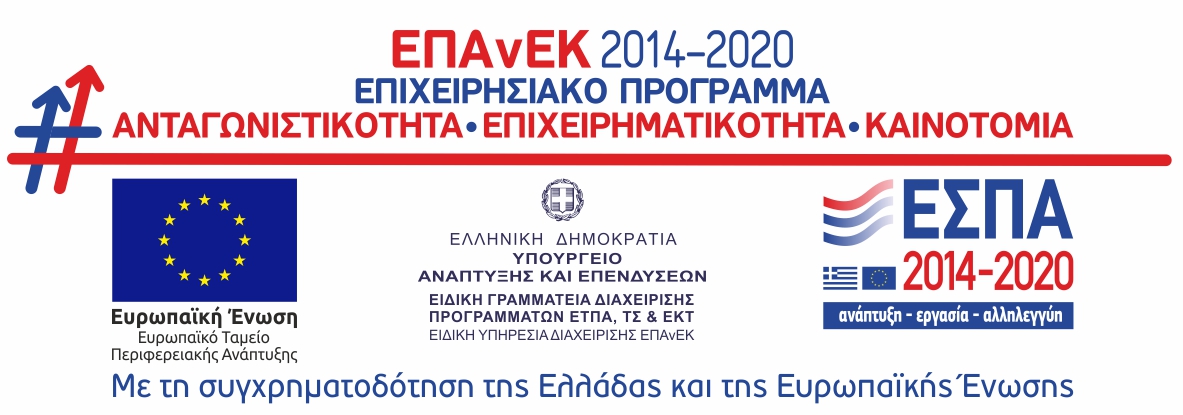General for the Strategic Environmental Impact Assessment
Some plans and programs, ie an organized set of projects, activities and interventions may be accompanied, during their implementation and later, by adverse changes in the environment. As the international and European communities increased their interest in better environmental management, but also in sustainable development, it was found that impact assessment and mitigation at the level of projects and activities could not always be successful in protecting the environment.
The fragmentation of the focus only on the level of the projects was clearer in terms of cumulative and synergistic effects, but also on the long-term horizon of the operation of the projects, during which there were unfavorable trends for the environment that could not be predicted in advance. These findings led to the search for a way to prevent such adverse situations from the outset, which was often due to confused planning of a set of projects and not to incomplete planning or environmental negligence of these components.
Impact assessment in the initial phases of the project or program is the most appropriate such method.
Its aim is to take environmental issues into account equally and rationally early enough in the design process to incorporate the Environmental Protection Act into decisions on the final form of the project or program. In order for an environmental impact assessment to be effective from certain plans and programs, it should be carried out at the level that follows the formulation of the guidelines and objectives and precedes the levels of specialization and implementation.
In summary, the Strategic Environmental Assessment Procedure (SEA) is a process of environmental impact assessment of certain plans and programs, which has been institutionalized in our country with JM 107017 / 28.8.2006 (Government Gazette 1225 / Β / 5-9-2006), in the context of harmonization of Directive 2001/42 / EU. The aim of Directive 2001/42 / EC is to promote Sustainable Development with a high level of environmental protection and the integration of environmental issues in the preparation and adoption of plans and programs.
The elaboration of the Strategic Environmental Impact Assessment (SEA) is the core of the SEA process.
At this level, most general decisions are made, which usually have two characteristics:
mainly concern issues of orientation and finalization of the framework for the next stages of implementation of the program, rather than specific issues of planning of the individual projects and activities that will be included in the program,
The eventual reversal or reversal of these decisions in Dellon is accompanied by high to unbearable costs, usually in the sense of overturning entire planning departments or the resignation of the vast majority of program objectives.
It is precisely these two characteristics that give decisions their strategic character, and, for this reason, their level of decision-making is called “strategic”. Thus, the environmental impact assessment carried out at this level of program development is usually called a Strategic Environmental Assessment (STA).



